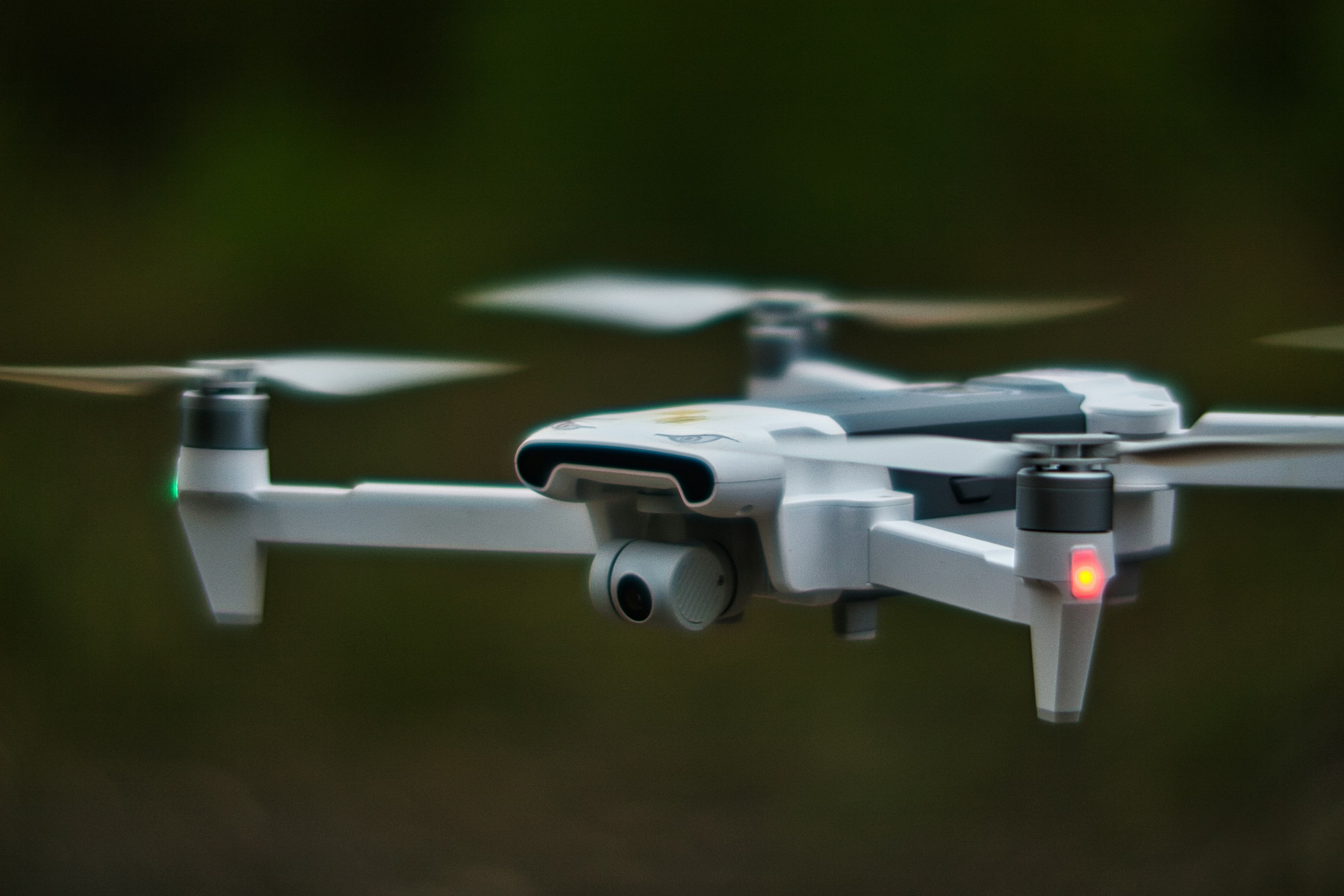As a global, private equity backed, corporate business, we work at pace with demanding customers supplying into the construction, healthcare and education markets. As the Regional Director / Sales Director, you'll control circa £80million P&L across the North-West of England, demonstrating clear collaborative leadership, strategic awareness with a balanced sales / operations background.
BASIC SALARY: £110,000 - £130,000 + 30% STIP
BENEFITS:
· Car allowance
· 25 days holiday
· Cash Health plan
· Contributory Pension Scheme
· Death in service
LOCATION: Home based
COMMUTABLE LOCATIONS: As you'll be covering the North west of the UK, you could be based anywhere across the region, for example Liverpool, Manchester, Stoke-on-Trent, Wolverhampton, Birmingham, Chester, Crewe, Derby, Stockport, Bolton, etc
JOB DESCRIPTION: Regional Sales Director, Operations Director
You'll play a vital role in directing the operational and strategic course for your region. This position requires a dynamic leader proficient in guaranteeing the smooth running of the region and spearheading significant growth. We are looking for a candidate with robust commercial acumen, who can actively put strategies in place, engage in process transformations and surpass customer expectations.
KEY RESPONSIBILITIES: Regional Sales Director, Operations Director
· Complete commercial ownership and management of 4 - 6 depot locations across your region, circa £80million P&L, with £30million EBITDA - each location has operations and sales focused professionals.
· Lead, coach, drive and motivate a team of 7-10 direct and (Apply online only) indirect colleagues. Have a clear focus on people development and succession planning.
· Execute sales strategy to ensure profitable growth across key and target clients (major construction contractors).
· Ensure a safety-first approach - driving through a transformational change with emphasis on safety, service, quality, cost, delivery management.
· We want to be very clear; our private equity firm have high demands and expectations - they work with pace and intensity and therefore there is pressure (and lots of reward) to perform.
PERSON SPECIFICATION: Regional Sales Director, Operations Director
Us being right for you, is just as critical as you being right for us!
Our values must align and therefore key phrases and traits such as ownership and accountability, results driven, and safety first must be vital to you, your team should reflect your beliefs and behaviours.
You will be able to demonstrate proven experience with:
· A fast-paced manufacturing business, possibly construction, food, automotive, pharmaceuticals, although others considered, most likely a larger corporation.
· Leading and developing a team of 5-10 direct and 60+ indirect teams.
· A management style which embodies visibility, approachability, knowledge and accountability - you'll know every one's name in your region.
· Control of a £20million + P&L, with a strategic focus on profitable growth.
· Mixture of commercial and operational background, with knowledge of continuous improvement methodologies, transformational change and M&A integration.
THE COMPANY:
We are one of the world's leading suppliers to major industries. The UK plays a considerable role producing a turnover of c£250million, with multiple acquisitions last year. 2025 promises to hold lots of challenge and opportunity.
INTERESTED? Please click apply. You will receive an acknowledgement of your application.
Please Note: Wallace Hind Selection have been chosen as the retained recruitment partner of our client and therefore any direct applications to our client from candidates or agencies will be forwarded on to us direct.
REF: MH17973, Wallace Hind Selection


